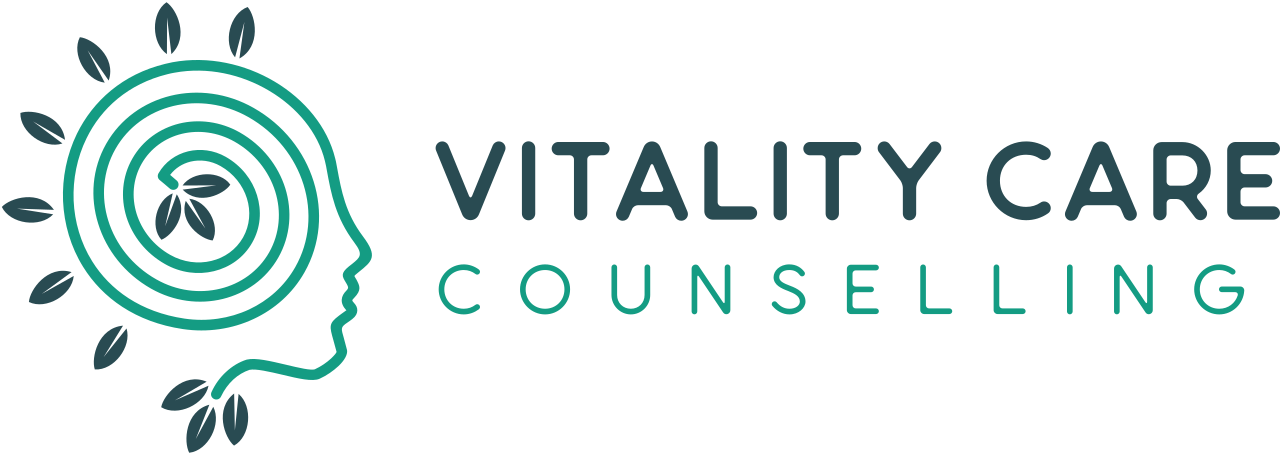Restorative yoga
From beginners to seasoned, the benefits of restorative yoga is to master the art of mindfulness, calm the mind by holding poses and being in the present moment. These benefits extend to increases flexibility, stamina, concentration, and mental clarity.
- Home
- Services
- Restorative yoga
VIRTUAL CLASSES
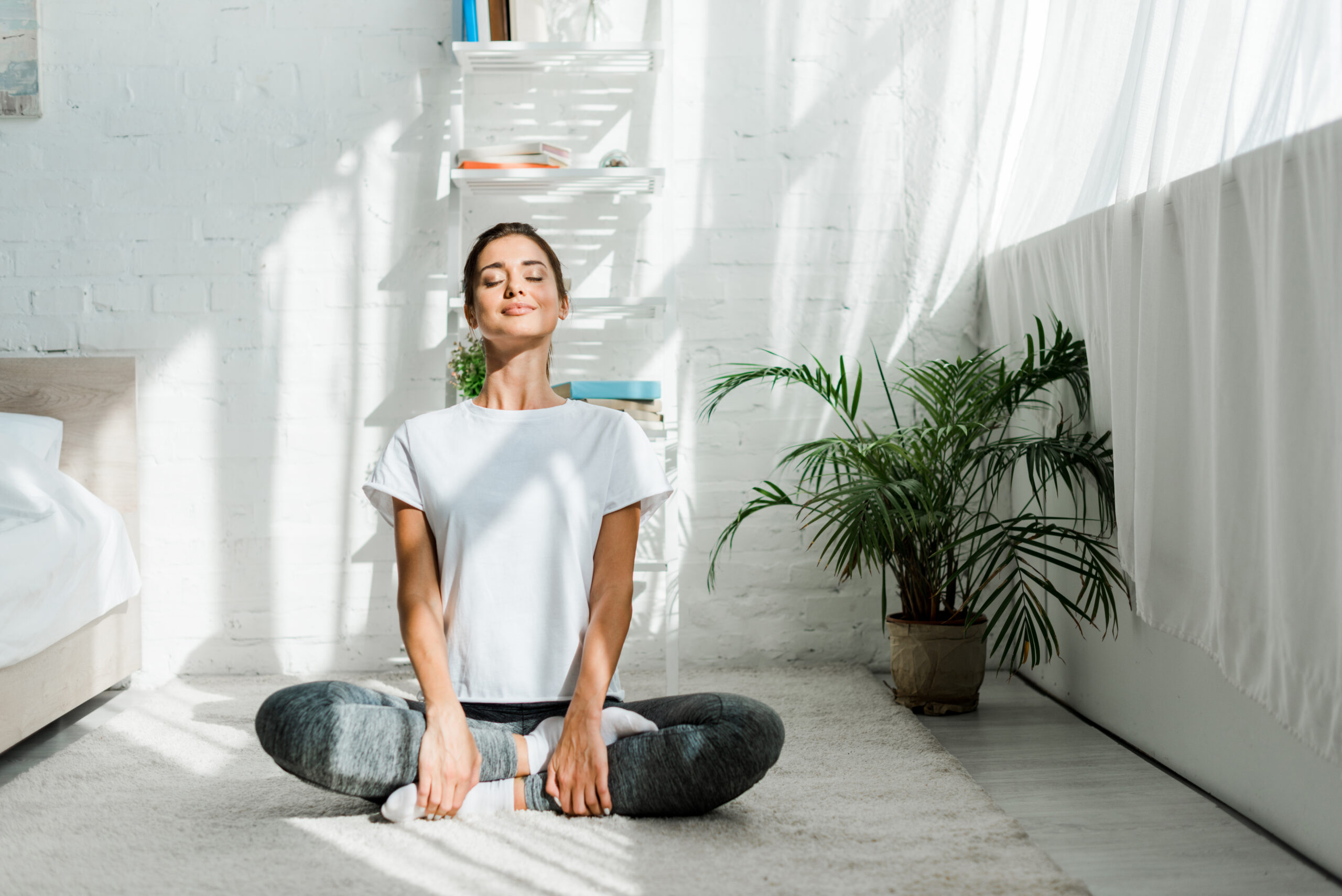
Type
Restorative Yoga
Benefits
Increases flexibility, stamina, concentration, and mental clarity.
Overview
Restorative yoga is rooted in the teachings of Iyengar and was first introduced in the 1970’s by Judith Lasater – a yoga teacher who was a student of Iyengar. Iyengar recognized the healing power of Restorative yoga to help overcome illness within himself and sought out the use of props to build a more restorative & healing practice. Restorative yoga classes focus on a slow-paced style originally developed for students recovering from an illness or injury. Restorative yoga is also considered an ideal balance to hectic and stressful modern lifestyles.
Style
Restorative yoga classes are very calm and slow-paced. These classes focus on the use of props to achieve restorative poses that calm and promote healing in the body. A restorative yoga class will usually include only 5-8 poses that are held for longer periods of time; up to five minutes or longer. The purpose of these classes is to relax and rest. The poses involved are calming and require minimal effort. Through longer holds, the objective of Restorative yoga is to stimulate healing processes within the nervous system.
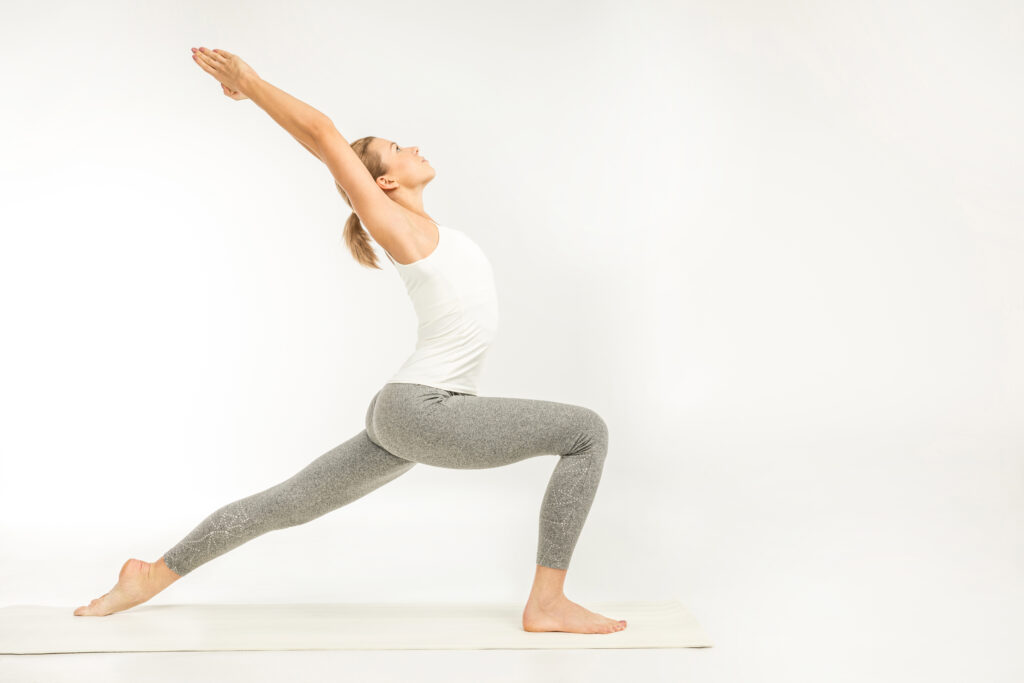
Yoga Style
Yin Yoga
Sanskrit
The name Yin Yoga is rooted in Taoist philosophy from the Yin-Yang symbol which represents the feminine side.
Pronounce
YI-en
Benefits
Increased flexibility, circulation, and concentration.
Improves mobility in the body and joints.
Improves the health of tissues, fascia, and joints.
Decreases anxiety and stress.
Style
Yin Yoga provides a slower and more meditative style of yoga. In Yin, different poses are held for longer periods of time for a deeper stretch. In these classes, a pose is usually held for 1-2 minutes, but can sometimes be held for up to 5 minutes in duration. The purpose of holding poses for long periods of time is to target the deeper tissues in our body; our connective tissue, ligaments, joints, and fascia. In Yin Yoga philosophy, it’s believed that by releasing our tissues in this way, we can improve and remove blocked Chi or energy in our body. Another benefit of Yin Yoga is that a static pose is a safer way to apply stress to the joints.
Yin Yoga is rooted in Taoist philosophy from the Yin-Yang symbol which represents the feminine side. Yin poses are still and calm poses that reach deeper muscle tissues. In contrast, yang poses are warmer and more energetic poses. Yin Yoga is often a great compliment to high energy yang style classes that are most commonly seen in today’s Western yoga classes. In Yin classes, there is no warm-up and the emphasis is put onto connective tissue rather than on the muscles. Because of this, the cues and format will be pretty different from Hatha styled classes. The names of the asanas will also be different usually to draw attention to the fact that the approach to a certain posture is actually going to be different even though they may look similar. Gravity is usually going to be the biggest factor getting into a pose, rather than relying on the muscles.
10 benefits of Yoga
- Improve strength, balance and flexibility
- Helps with physical pain
- Relaxation to help sleep
- Calms the mind reducing stress
- Reduces anxiety
- Improves productivity and focus
- connects you with a supportive community
- promotes better self-care
- Improves emotional balance and promotes mindfulness in all daily activity
- Increases energy levels
Benefits of virtual classes
- Accessibility to all of Australia
- Reduces self doubt of ability
- Private but still together in an supportive environment
- Manage other responsibilities while prioritising self-care
- No travel time or need for a babysitter
- Get the family involved
- Connect with professional support to teach you how to safety and effectively master poses
- A variety of class focus and sequence to enjoy
- Beginner classes to be preformed at your own pace while building your skill level, variations offered within the class.
What to expect?
- Book your class ahead of time there is a limit to the amount of participates in each class to ensure the quality of teaching and the experience of each participate
- .Ensure all consent forms are filled in and returned to [email protected]
- After booking you will receive a link to join at the time of the class, please join a few minutes before and enjoy a chat with other members of the class.
- The instructor will provide you an introduction for the class the theme, and focus for the session.
- You will begin with a breathing exercise
- This will vary on the focus however it will be a sequence of poses with instruction and tips. Restorative yoga is defined by holding the poses longer allowing for rejuvenation, mindfulness and is great for beginners to learn the correct techniques. Yoga is a personal practice, you can go at your own pace and rest when needed.
- Affirmations and breathing exercise
- Conclusion of class you are welcome to stay online and chat with other members of the class.
TAKE ACTION
Ready to improve your mental health?
Our body and minds are connected in a way that the body will hold onto stress and trauma long after that mind has resolved it. The ability to calm the nervous system and relax the body is a vital part of healing. This can be achieved through practical activities such as mindfulness practice and yoga.
Mindfulness is a type of meditation in which you focus on being intensely aware of what you’re sensing and feeling in the moment, without interpretation or judgment. Practicing mindfulness involves breathing methods, guided imagery, and other practices to relax the body and mind and help reduce stress.
Spending too much time planning, problem-solving, daydreaming, or thinking negative or random thoughts can be draining. It can also make you more likely to experience stress, anxiety and symptoms of depression. Practicing mindfulness exercises can help you direct your attention away from this kind of thinking and engage with the world around you.
Ask your therapist about the available tools to begin mindfulness practice
EXCITING NEWS!!!
Launching soon will be our restorative and Yin yoga sessions. There will be group or one on one sessions available via video link.
Stay tuned for more information, now taking expressions of interest for the group sessions please submit your details on the contact us now tab.
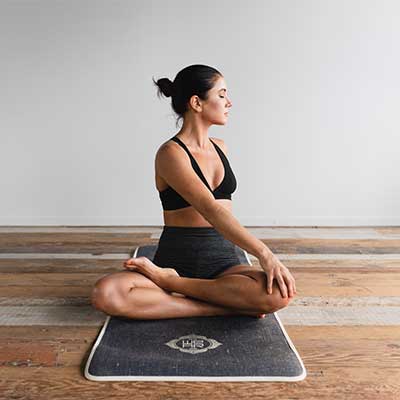
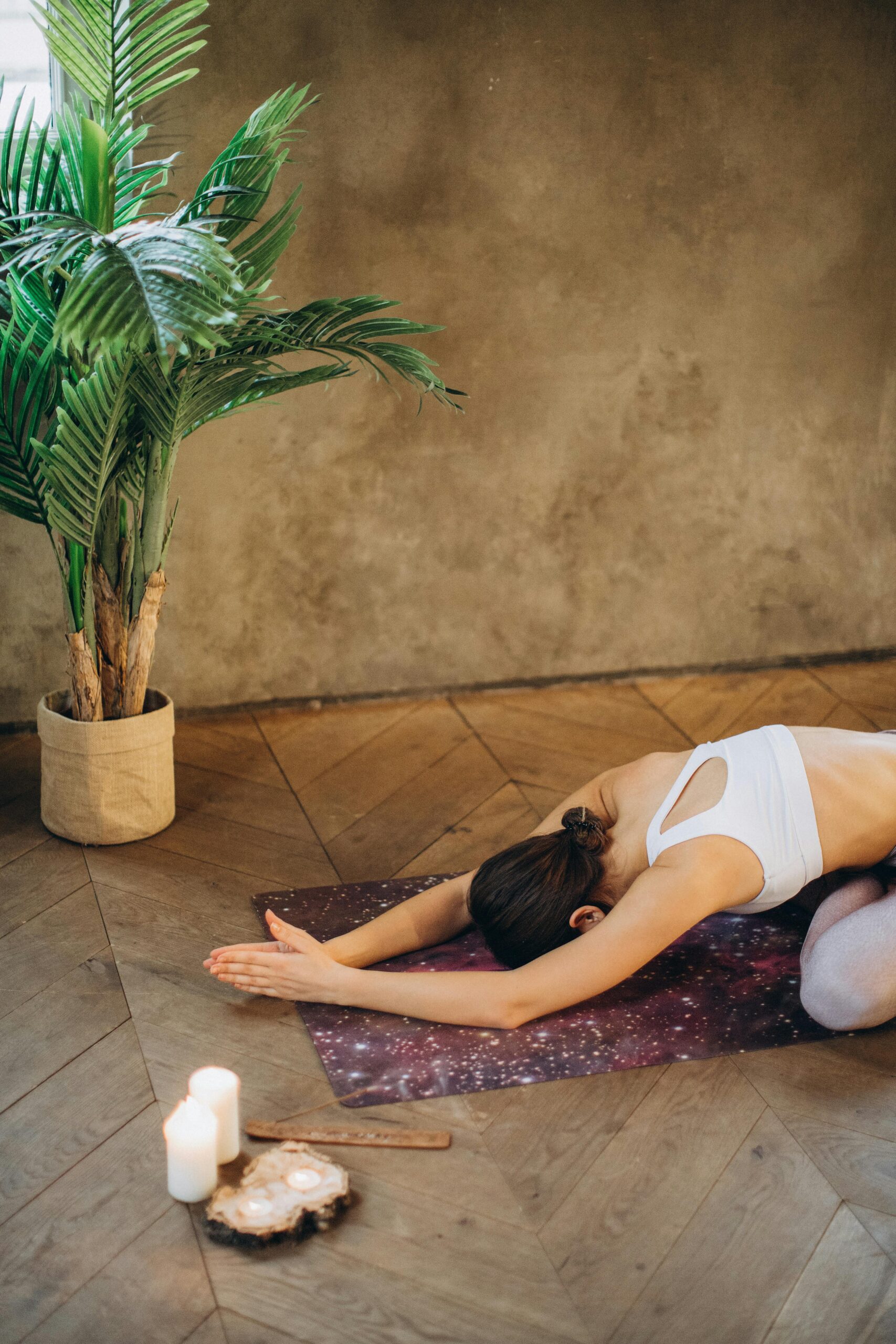
-
Virtual class $18 / session
Group sessions will run twice a week on Tuesday and Thursday. Time to be announced. We are asking for expressions of interest for alternative days to include another class to the week.
-
One on one session $55 / session
This is a private session run exclusively with you at an available time. Focus on your technique and ultimate level of mental clarity and relaxation.
-
Virtual class package $150 / 10 sessions
10 group sessions to be used within 3 months
